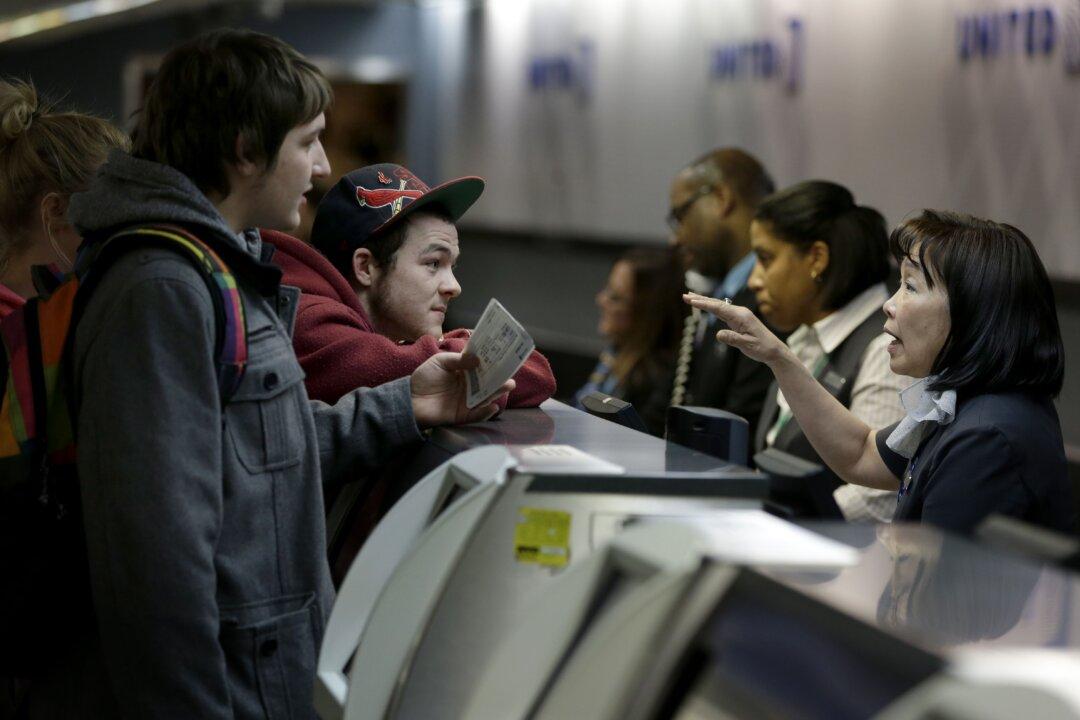It’s bad news for airlines and worse news for U.S. air travelers. According to the 25th annual Airline Quality Ratings (AQR) report, the U.S. industry scored worse in 2014 than the previous four years.
The 12 leading airlines in the country collectively did worse in all four performance areas the AQR tracks: on-time arrivals, involuntary denied boardings (getting bumped), mishandled baggage, and a combination of 12 customer complaint categories that fliers go out of their way to submit to the Department of Transportation.
Most of the complaints from disgruntled fliers, nearly 63 percent, were over flight issues, customer service problems, or baggage troubles.
The AQR weights the four factors to reflect the relative importance of each to customer decision-making. The report is a joint project of researchers at Embry-Riddle Aeronautical University and Wichita State University.
The top three rated airlines for quality are Virgin America, for the third year running, followed by Hawaiian and Delta, which rose from third and fourth spots respectively compared to 2013. Alaska also had a good year, improving in two of the four categories, proving there are some bright spots. The bottom three airlines are SkyWest, ExpressJet (former subsidiary of Continental), and Envoy (until recently American Eagle). Scroll down for full results.
Bad Sign for Fliers
The drop in rating is seen as a clear negative signal to consumers. At a time of mergers and greater profits for airlines, “customer satisfaction is not the airlines’ first concern,” said report co-author Dean Headley, associate professor of marketing at the W. Frank Barton School of Business, Wichita State University.
Headley said over the last seven or eight years, the nature of customer complaints, which generally relate to fliers being unhappy with the way they’re treated, haven’t changed and yet airlines don’t seem to be dealing with it.





